- Contact Us: 513-229-0789






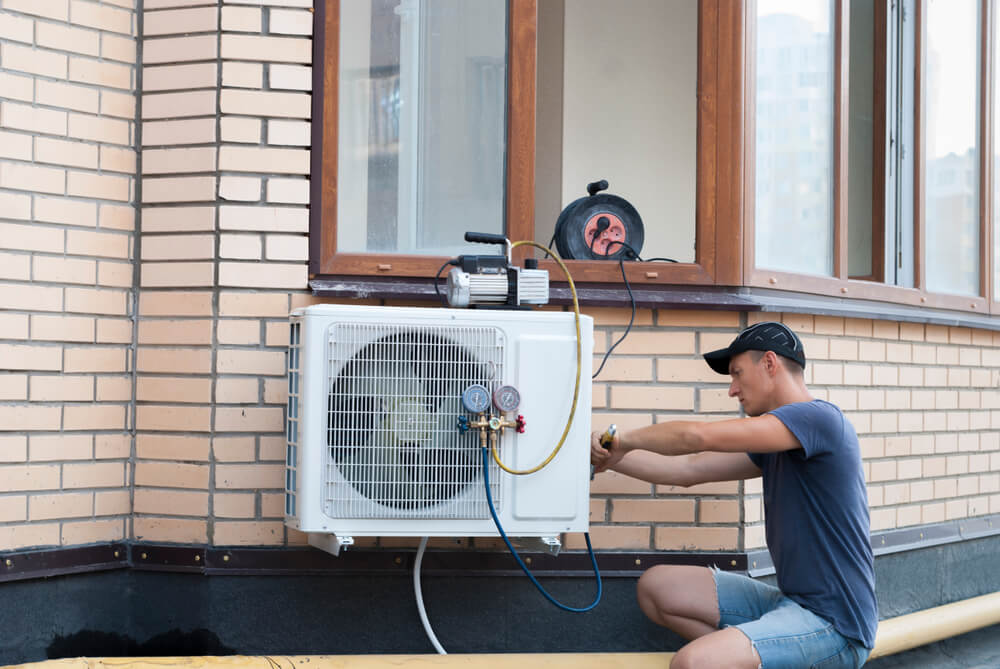
You’ve got the keys to your new home. Congrats! But as a new homeowner, there are plenty of issues you might have overlooked; among the most important is the HVAC in your home.
Don’t worry. Troubleshooting your home’s HVAC system isn’t as hard as you’d think.
In today’s blog, Air Authority gives a brief guide on troubleshooting common HVAC issues for new homeowners.
It’s a simple but often overlooked step. Inefficient thermostat usage or a broken and malfunctioning control board can mean you’re paying more per month than normal.
Related Post: The Best Thermostat Setting for Every Season
It seems pretty obvious. But it’s so often overlooked. As a new homeowner, you should check on your power source. Is the power cord disconnected or broken?
On the other hand, it could be a blown fuse or broken monitor. It’s important to spot the issues like these early on and call your local HVAC experts at Air Authority.
Dust, dirt, and general debris can get into your outdoor unit and impair the home’s HVAC system’s performance. Dirt, dust, debris, and foreign objects can obstruct the flow of air through your home.
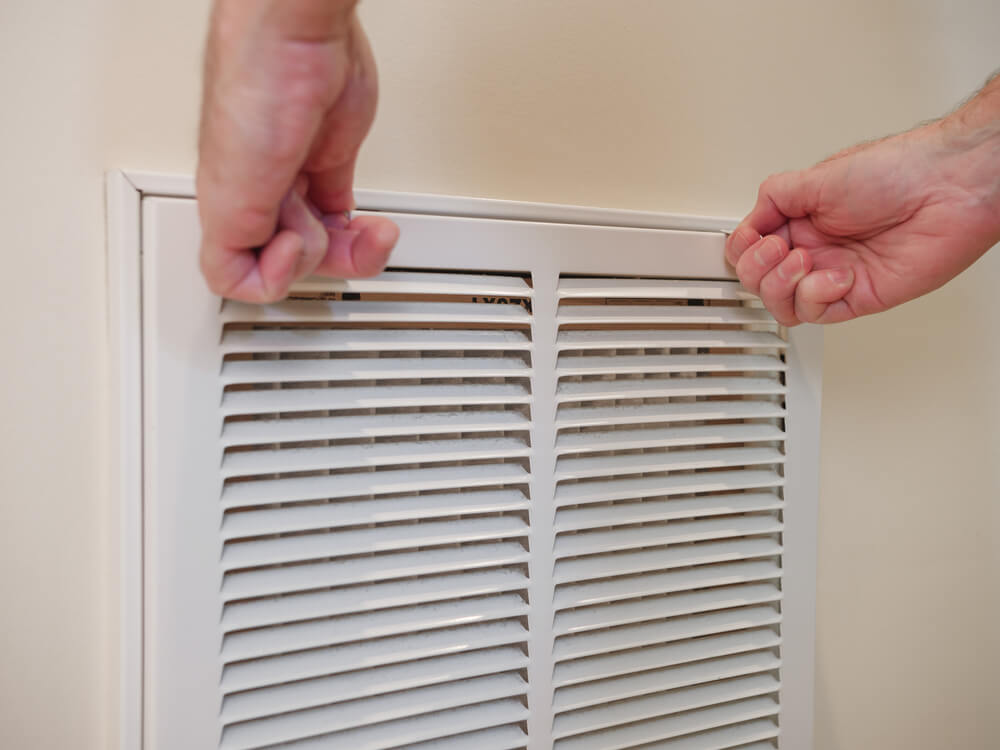
The circuit breaker allows you to have many items plugged into your socket without starting a fire. Your home’s circuit breaker is often located in the garage, basement, washing area, or hall closet.
A clogged air filter can overheat your unit and make it work even harder, driving up your monthly energy bill and causing your HVAC system to “short-cycle,” giving shorter time cycles for giving off heat or cool air.
If you have furry pets or are located near a construction site that’s regularly throwing off dirt and debris, make sure to keep plenty of spare air filters in your home for easy access.
Provided your home doesn’t have a ductless system (most homes do not), you’ll need to check the ducts for any damages or obstructions.
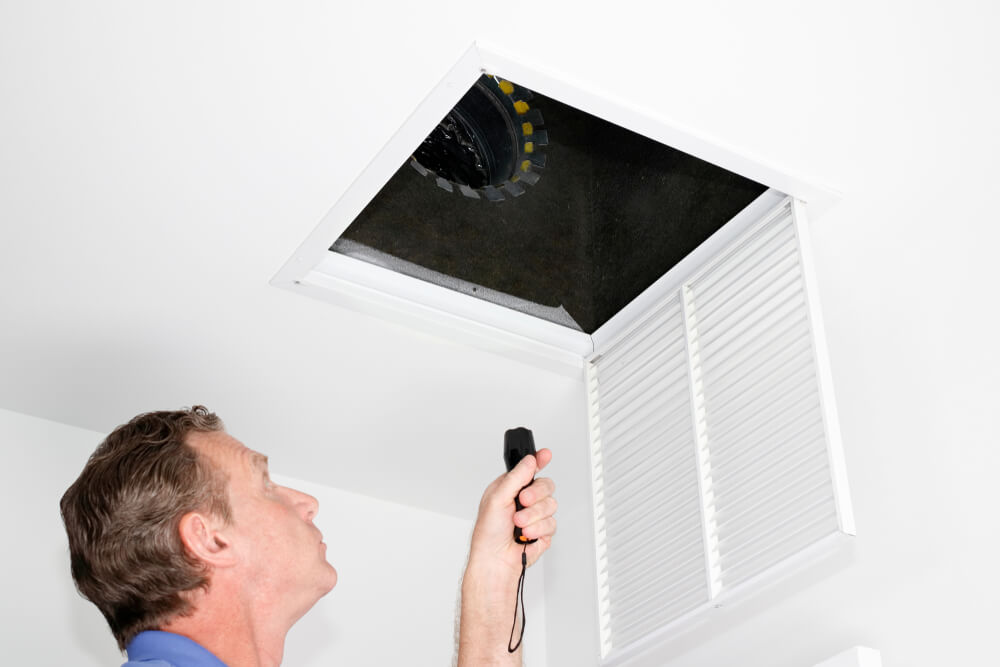
How does the duct system work?
The ductwork carries airflow throughout the entire home. When a duct system wears down over time, some rooms will remain warm and others cool. There’s a lot to check on before hiring a pro.
Having low refrigerant levels is a common cause of HVAC issues. The refrigerant absorbs the atmosphere’s air and gives back cool air. But if the chemical is low, you won’t be getting any cool air back.
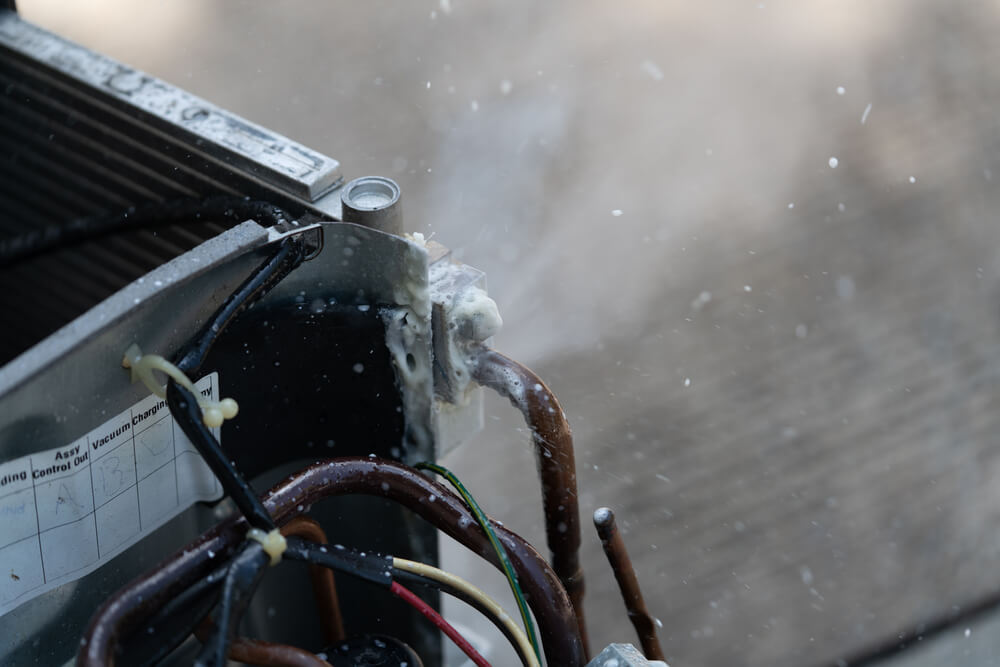
Refilling the refrigerant will depend on the size and type of HVAC unit and it can cost between $200-400. Unless the issue comes down to a clogged filter, you’ll need to call a professional to fix most refrigerant issues.
The evaporator coil holds refrigerant fluid that absorbs heat. A low refrigerant level means low air pressure. That’s when a layer of frost can build up on the coil, interrupting the flow of cool air from your AC unit into your home.
Dirt and debris can also collect on the coil. This can be easily cleaned.
The condenser coil pushes the heat from your room out into the outdoor air. Because it’s out in the open, dirt and debris can collect on the coil, especially if you’re near a construction site that kicks up a lot of dirt.
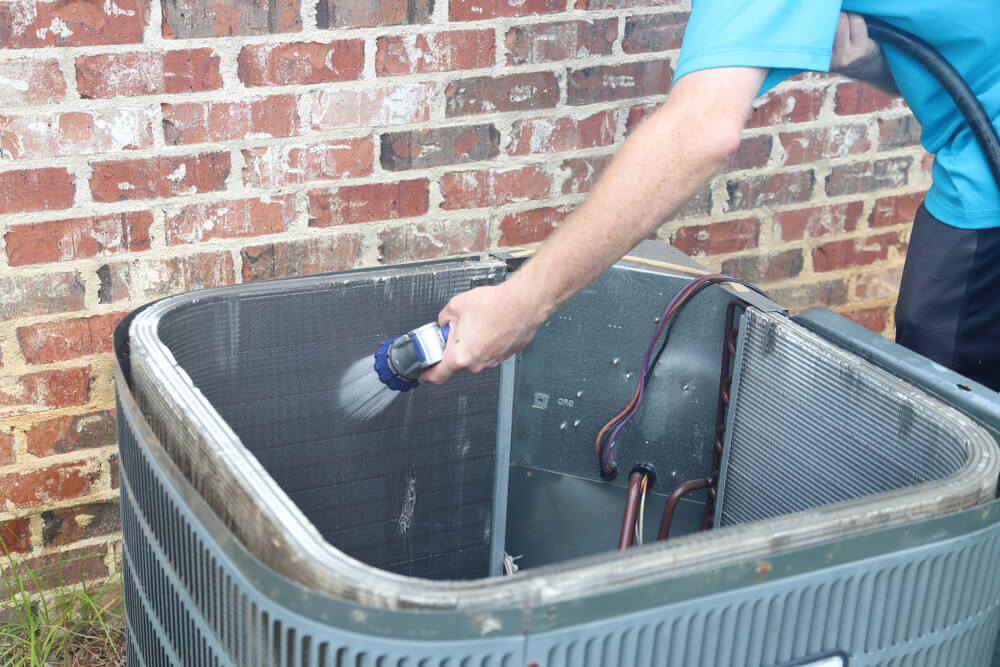
A blocked coil means there’s no cool air.
Here’s what the compressor does!
The AC compressor moves the outside air into the refrigerant, which takes heat and converts it into cool air. The liquid refrigerant turns into heated vapor, which returns to the compressor to be expelled out of your home.
Low refrigerant damages the compressor. Maintaining the compressor is vital. If it fails, there’s no cool air.
If you notice your utility bill skyrockets unexpectedly, it’s a sign that your HVAC system has an issue. It might be a problem that won’t be fixed with a DIY method. Although there are plenty of HVAC troubleshooting resources to refer to.
Your best bet is to call the pros at the Air Authority for a comprehensive inspection to diagnose the problem, solve it, and save you on monthly expenses.
So, now that you know the basics of troubleshooting your home’s HVAC system, you can contact us for any major maintenance, repairs, or installation of your home’s HVAC unit. Call us today for a quote at 513-229-0789, or submit a contact us form online.
© 2024 Air Authority, All Rights Reserved